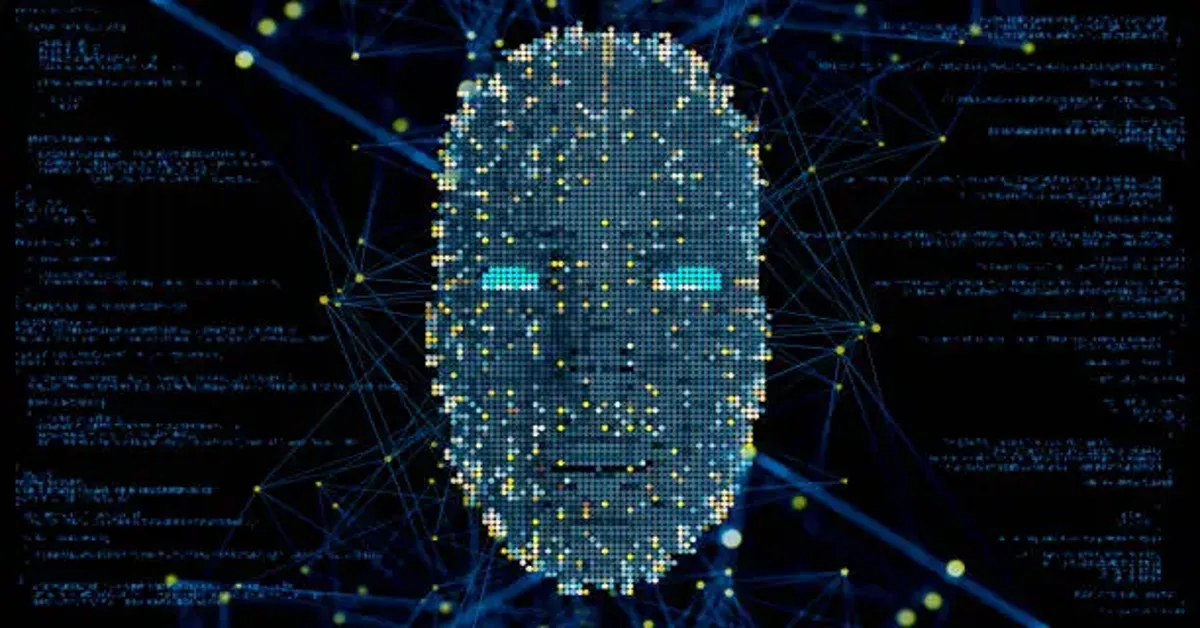With the advent of face swap AI technology especially, worries over digital security have become greater as artificial intelligence advances. Once a novelty for amusement, what started quickly developed into a strong tool capable of producing hyper-realistic images and movies. One person’s face can be swapped with another’s with just a few clicks and photographs, usually so convincingly that it’s hard to detect the difference. Although face swap artificial intelligence has creative and economic possibilities, it also poses great hazards to digital identity security. Experts are today warning on how this technology might be employed to deceive, impersonate, and rip off people and companies.
Rising Capacity of Face Swap Artificial Intelligence
Through deep learning and neural networks, these technologies can map one person’s face onto another’s in video or real-time applications. The power of face swap AI is in its capacity to faithfully duplicate facial traits, emotions, and movements with more and more precision. Once a primitive approach employed for internet memes, what was formerly has grown into a sophisticated capacity utilized in movie production, digital influencers, even advertising.
But the same technical advancements that have made face swaps more realistic have also made them more dangerous. Generating believable false identities or impersonating famous people is no longer restricted to trained experts. Anyone who has the right software has the possibility to deceive by means of face swap artificial intelligence.
Experts Alert about Identity Fraud and Deepfakes
Cybersecurity professionals are becoming more and more worried about the way face swap AI could be used to threaten digital identities. The worst kind of fraud is identity theft. Criminals might trick facial recognition systems utilized in government portals, banking, or secure access points by using face-swapped films. Should an attacker be able to pass off an altered video as legitimate, they could get access to private accounts, sign contracts, or even apply for loans under another person’s name.
“We are reaching a point where face swap AI can bypass lower-level biometric systems. That’s extremely dangerous for platforms that rely heavily on facial verification for identity authentication,” states security analyst Dr. Maria Chen from the Digital Trust Institute. Even more concerning is the use of deepfake videos to harm reputations. A malicious actor could create a face swap AI video of a person saying or doing something inappropriate or illegal. These videos, if widely circulated, could cause irreversible damage before the truth is revealed—if it ever is.
Legal and Ethical Concerns Around Digital Identity
Legal experts contend that the rate at which face swap artificial intelligence is developing is more than what present legislation has captured up with. Although certain nations are starting to control deepfake material, much of the world still lacks strong legal safeguards against digital impersonation. This opens both people and organizations to harm.
Ethically also, there is an argument regarding permission. Often without the person’s consent, many face swap artificial intelligence systems produce material using public photographs. This begs important issues on privacy rights and how one’s digital image might be used—or abused—unknownly.
Countermeasures and the Route Ahead
Although face swap AI carries risks, experts think that there are techniques to reduce the dangers it presents. New detection tools are being developed that can identify when a video has been manipulated, analyzing inconsistencies in facial movement, lighting, or pixel patterns. Businesses are also starting to use watermarking methods that at the source label material created by artificial intelligence, therefore facilitating authentication verification.
Furthermore, adapting their technologies to be more resistant to face swap artificial intelligence, facial recognition firms are improving them. Adding layers of security, multi-factor authentication integrating face verification with voice or fingerprint recognition is advised for important systems.
Although face swap artificial intelligence presents amazing opportunities for invention and creative expression, it also raises severe issues with digital identity security.
Wrap Up
Fraud, disinformation, and privacy breaches are all opened by the capacity to convincingly alter a person’s face in video. Experts in cybersecurity, law, and ethics are advising caution and proactive actions to guarantee that this very potent technology is employed morally. As face swap artificial intelligence grows more realistic and available, top concern should be guarding digital identities.

